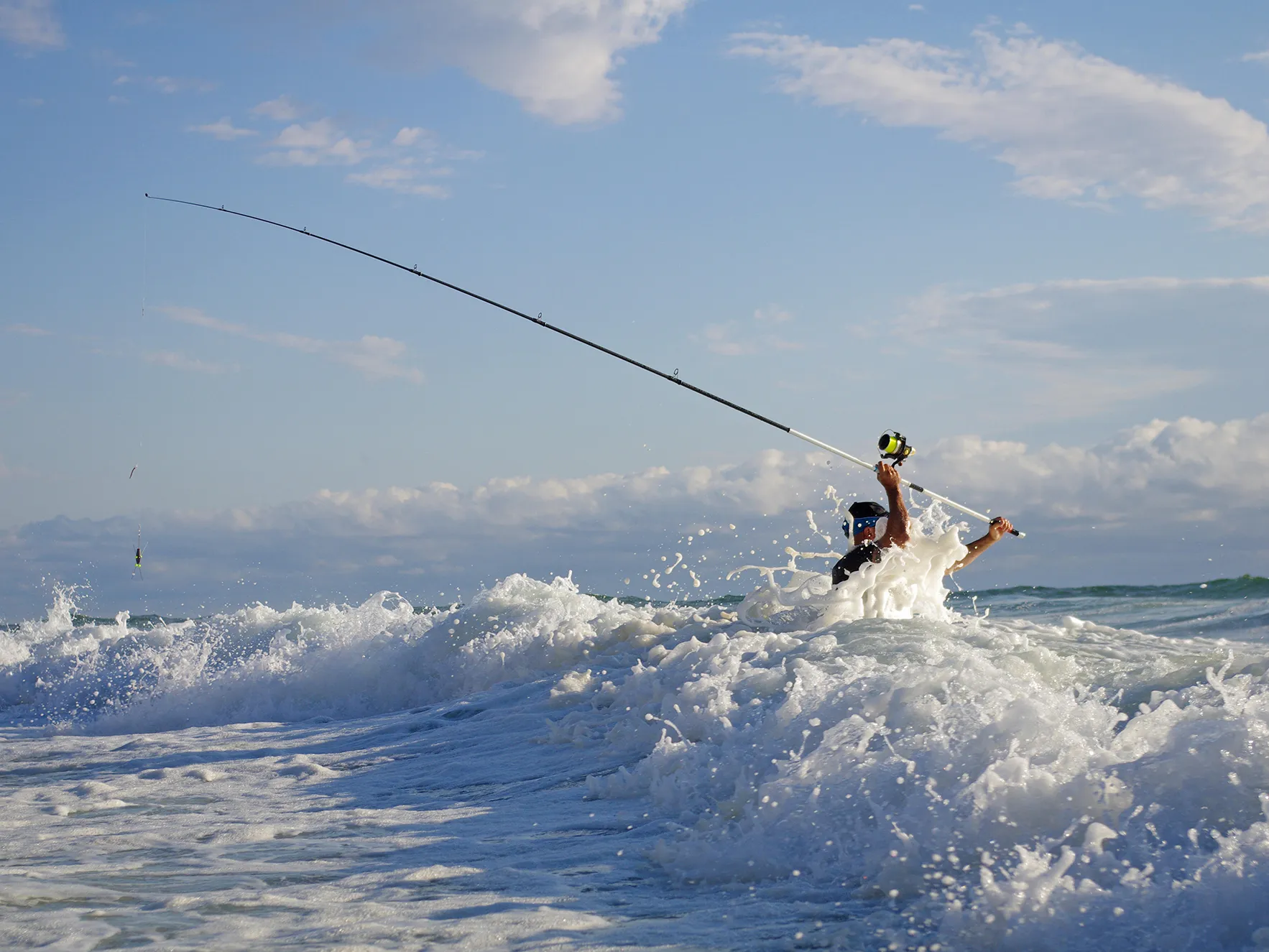Selecting the right fishing line is crucial for success on the water, and professional anglers offer insights into their preferred choices. With countless options available, understanding the characteristics and applications of monofilament, braid, and fluorocarbon lines can significantly enhance your fishing experience.
Monofilament Line: The Time-Tested Standard
Monofilament has been a staple for anglers for over 50 years, valued for its affordability and versatility. It excels in applications where forgiveness and ease of use are paramount. Due to its stretch, monofilament is ideal for absorbing pressure during fights with large fish. Knots tie well, making it suitable for lighter tests (under 10 pounds) and casting with spinning gear.
Top Angler Insights:
- Jake Markris from Fairhope, Alabama, appreciates monofilament for its familiarity and cost-effectiveness.
- Jim Kalkofen, a Midwest walleye tournament angler, opts for monofilament in light tests for stream trout and panfishing, citing its ease of casting with light lures.

Braided Line: Sensitivity and Strength
Braided line has gained popularity for its minimal stretch, providing exceptional sensitivity for deep water fishing. While more expensive than monofilament, it offers high abrasion resistance, fine diameter, and excellent casting characteristics. However, knot tying can be challenging, and the lack of stretch requires caution when playing fish to prevent hook-related losses.
Top Angler Insights:
- Rich Zaleski uses Sufix 832 braid with a fluorocarbon leader for clear water fishing and finesse applications in bass fishing.
- Bruce Holt employs 10-pound Power Pro braid with a fluorocarbon leader for various techniques, praising braid for increased sensitivity and signal transmission.
Fluorocarbon Line: The Invisible Advantage
Fluorocarbon, with its near-invisibility in water, is a versatile choice with low stretch and high abrasion resistance. It sinks faster than mono and is less visible, making it suitable for trolling and applications where clarity is crucial. Despite being stiffer and challenging to knot, fluorocarbon has become a favorite for many anglers due to its improved characteristics.
Top Angler Insights:
- Barry Stokes embraces fluorocarbon as his all-purpose line, utilizing its limp and castable nature for trolling and maintaining clarity in various fishing situations.
- Dave Mull favors 15-pound-test fluorocarbon for bass fishing around cover, appreciating its abrasion resistance and backlash management.

Understanding the strengths and weaknesses of each fishing line type allows anglers to make informed choices based on their specific needs and preferences. Whether you opt for the familiarity of monofilament, the sensitivity of braided line, or the near-invisibility of fluorocarbon, selecting the right line enhances your chances of a successful and enjoyable fishing experience.
Images/Source: OutdoorLife





